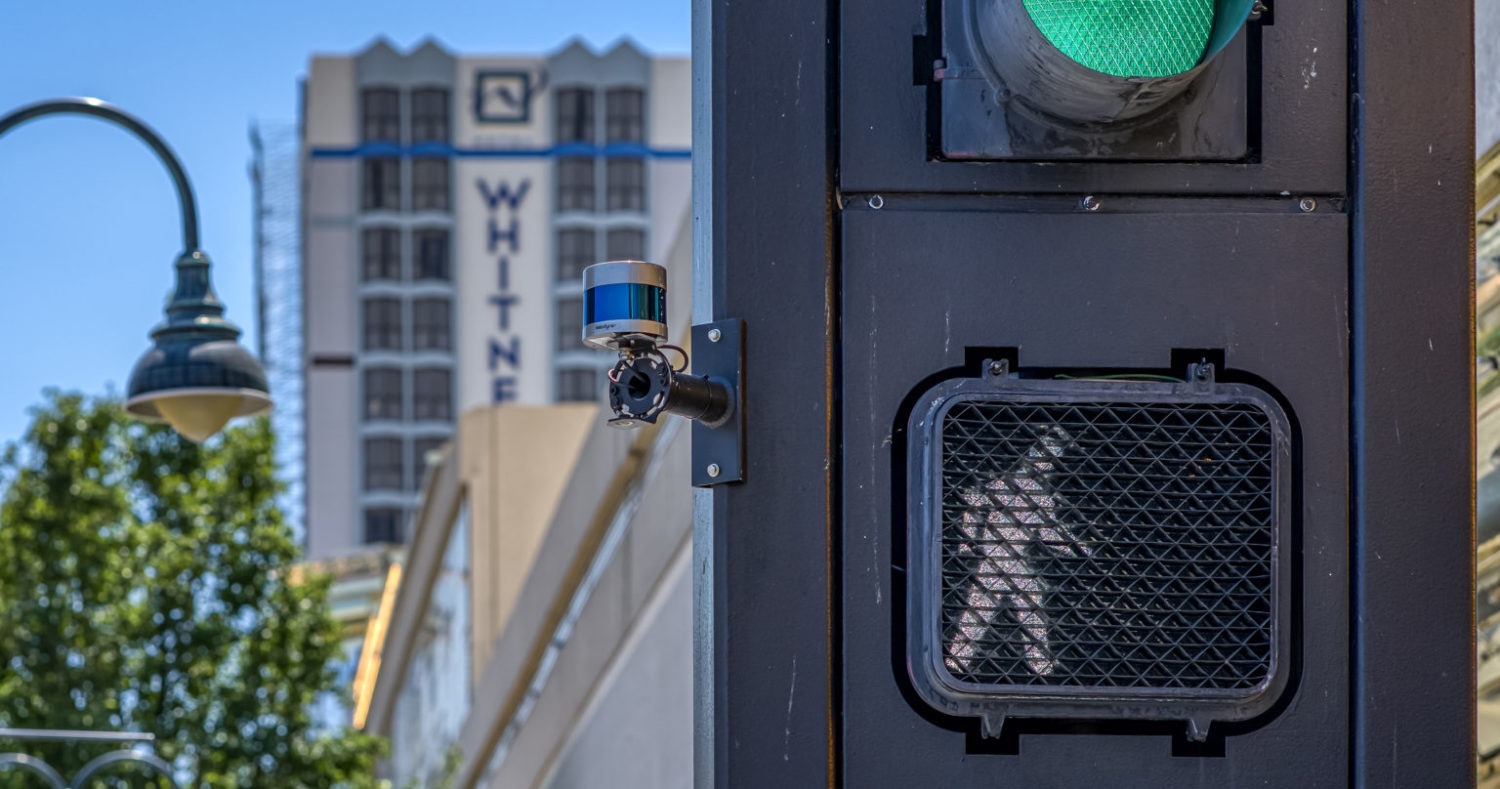
Velodyne Lidar, Inc. and University of Nevada, Reno personnel are espousing the benefits of lidar sensors’ ability to make transportation infrastructure more efficient and safe.
A recently released white paper generated by the Nevada Center for Applied Research showed using Velodyne’s lidar sensors improved traffic analytics, increased pedestrian safety, reduced accidents, and advanced work toward facilitated autonomous vehicles use.
“Velodyne is excited to provide lidar technology for systems that protect pedestrians at city intersections and reduce traffic accidents,” Marta Hall, chief marketing officer at Velodyne, said. “We have a synergistic relationship with the University of Nevada, Reno, which is conducting cooperative research to further the development of safety solutions at the infrastructure level using smart technology. This white paper is important to describe our collaborative work for the safety and well-being of urban communities.”
In addition to the white paper, an accompanying video was also released to examine how lidar can be a catalyst for smart city applications improving public services and enhancing safety and quality of life.
“The white paper captures how lidar technology can be the catalyst for a revolutionary data change that will impact transportation planning and systems, and prepare our roadways for the future,” Carlos Cardillo, Nevada Center for Applied Research director, said. “Velodyne sensors are powering ‘lidar-enhanced’ roads that address roadway congestion monitoring and near-crash analysis. They are also enabling data communications with connected vehicles to support eco-drive and collision avoidance applications.”
The project has deployed Velodyne’s Ultra Puck lidar sensors with traffic signals in real-world test environments, or Living Laboratories, in Reno and Henderson. It is sponsored by the Nevada Governor’s Office of Economic Development.